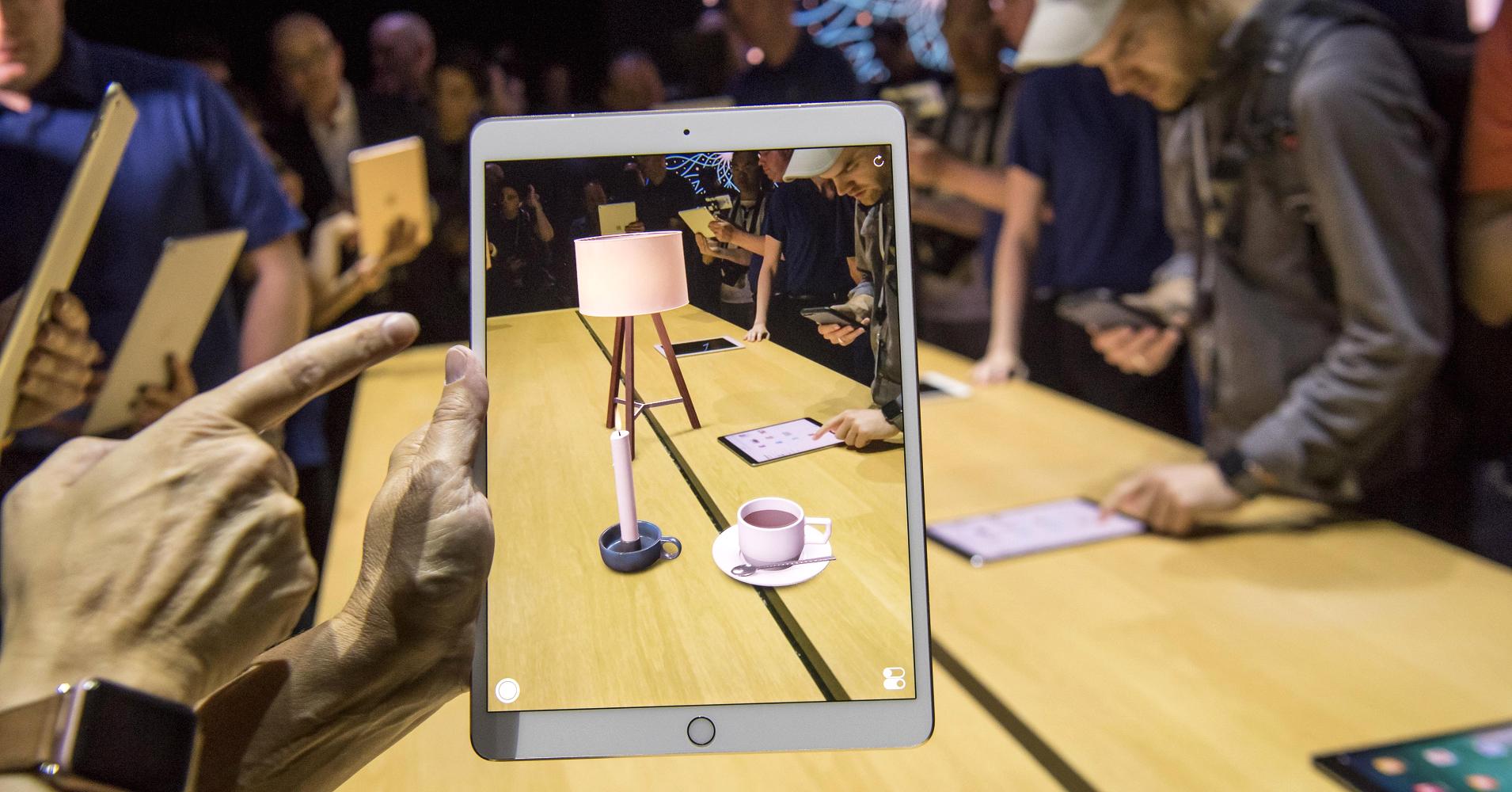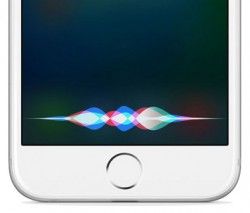“The future of gamification is nearly here with virtual and augmented reality features and the addition of artificial intelligence. These elements can personalize the experience and continually increase the challenge involved to keep the audience hooked. “ https://www.forbes.com/sites/theyec/2017/06/22/how-to-add-ga…8cd53b5b3b
My mission statement is to push the boundries of the new tech tools that we are being given in the UX/ UI and prototyping design fields. This week I have been experimenting with Augemented and Virtual Reality. During the Summer Solstice I visited the Crystal Palace Dinosaurs and tested out a few augemented reality offerings using augmented reality dinosaurs to complement the existing dinosaur scenery and built the following website to include my examples and also to showcase A-Frame and Sketchfab which will be producing VR within websites which will be used for e-commerce and online shopping soon.




 Apple is developing a dedicated processor that will be used to handle AI-related tasks like facial and speech recognition in its products, reports
Apple is developing a dedicated processor that will be used to handle AI-related tasks like facial and speech recognition in its products, reports 